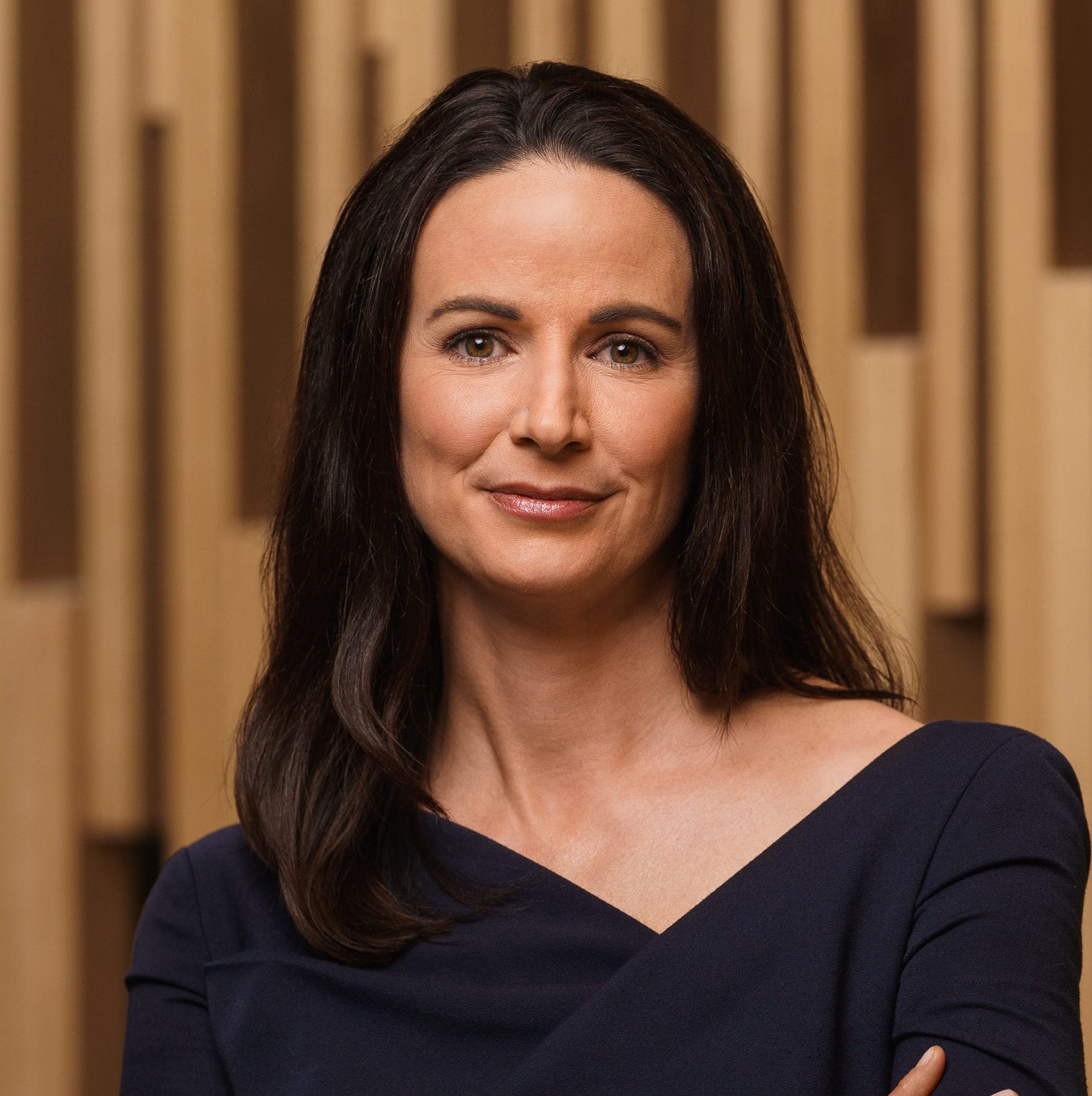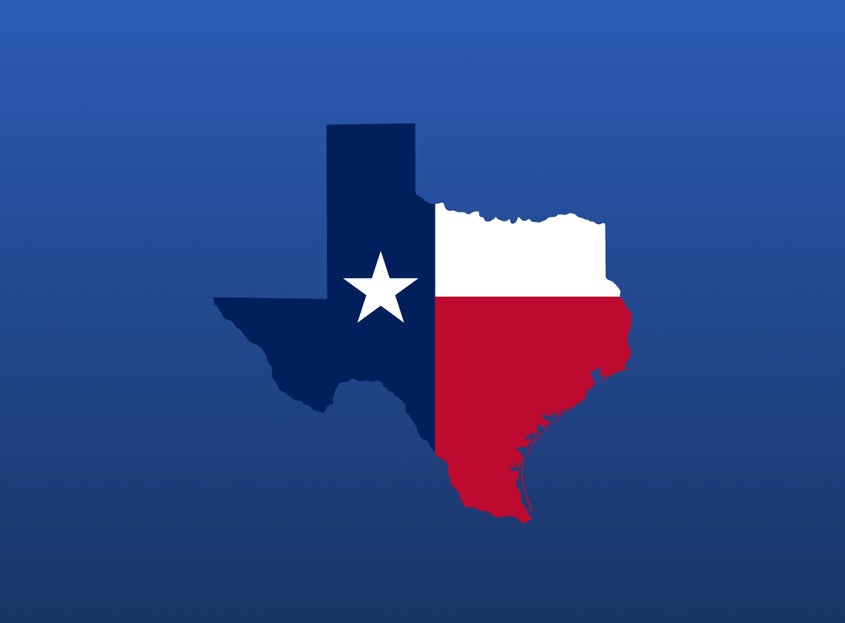5 Strategies to Engage Donor-Advised Fund Donors

Individuals and families with donor-advised funds (DAFs) have proven to be committed philanthropists who want to make a difference both today and in the future. Previously, we looked at three characteristics DAF donors tend to share and how to incorporate DAFs into your fundraising strategy. Today, we’re sharing five more qualities—and five corresponding strategies for development professionals to connect with DAF donors.
1. DAF donors research and plan their giving.
According to a U.S. Trust study, the greatest challenge for high-net-worth donors is identifying the causes they care about and deciding where to donate. Donors with a giving vehicle like a DAF, however, are much more likely to research charities and have a plan for giving. The study found that fewer than half of high-net-worth donors have a defined giving strategy or budget, but 75 percent of donors with a giving vehicle did.
Strategy: Provide donors with comprehensive information about your organization on your website, social media and especially on external channels, like GuideStar or Charity Navigator, since many DAF charitable sponsors link donors to an external profile within their site. As DAF donors and advisors frequently look for EINs (employer identification numbers) consider listing yours in the boilerplate or contact section of your website for easy access.
2. DAF donors have the potential to be major donors.
While some DAF sponsors will allow donors to establish a DAF with a low minimum contribution or none at all, the average account size in 2019 was $162,556. If your organization receives a grant from a DAF, it’s reasonable to assume that the donor may have more to give. For instance, a DAF donor may first recommend a small grant as a “test and try” gift before possibly making a larger contribution.
Strategy: Cultivate DAF donors as you would a major donor. Invite them to learning events, include them in appeals for larger gifts and discuss outcomes of other significant gifts your organization has received.
3. DAF donors think about legacy.
When donors establish a DAF, they typically choose a succession plan, with options that may include appointing a family member to serve as a successor advisor or selecting charitable beneficiaries of the DAF. Most often, donors choose a combination—with some money remaining in the DAF for later grantmaking by a successor and a portion granted immediately to charities.
Strategy: Talking about planned giving can feel awkward, but it’s easier to start the conversation with DAF donors, thanks to the built-in succession plans many of these charitable giving vehicles have. Many DAF sponsors also offer endowment programs that can allow donors to continue regular gifts to your organization even after their lifetime.
4. DAF donors give complex assets.
Today it’s become more common for donors to look to contribute complex assets like real estate, privately held stock or cryptocurrency to charitable causes. Such gifts require specific expertise, and many of the charities that donors ultimately intend to support aren’t equipped to handle gifts of this nature.
Strategy: If you have a donor interested in giving non-cash gifts to your organization but your organization is not able to accept the gifts directly, find out if the donor has a DAF or would be willing to establish one. Some DAF sponsors have legal and tax experts who can liquidate non-cash assets so that donors can use the proceeds to support their favorite charities with simple cash grants.
5. DAF donors are family philanthropists.
Like private foundations, DAFs allow families to give collaboratively. Many donors establish DAFs as a tool for engaging children and grandchildren in philanthropy—and they often appoint family members as secondary or successor advisors.
Strategy: If a donor gives through a DAF—especially if the DAF is named after a family (the Smith Giving Fund, for instance)—ask whether other family members are involved with the DAF. If so, include the donor’s family in your organization’s events and consider hosting family stewardship events. Look for ways to involve the donor’s children in service activities aimed at younger donors, too. This can help you begin to foster strong ties with the next generation of philanthropists.
Finally, it’s important to remember that behind every donor-advised fund is an individual, couple or family. Last year at NPT, the vast majority of our grant letters (96 percent) included the identity of the donors. Giving thanks to the donor—even though the grant check is issued by the DAF sponsor—is an important way to keep the relationship from feeling too transactional. As you grow and your donor base expands, small gestures of gratitude and ongoing communication will strengthen your donors’ commitment to future giving.
NPT does not provide legal or tax advice. This blog post is for informational purposes only and is not intended to be, and shall not be relied upon as, legal or tax advice. The applicability of information contained here may vary depending on individual circumstances.


